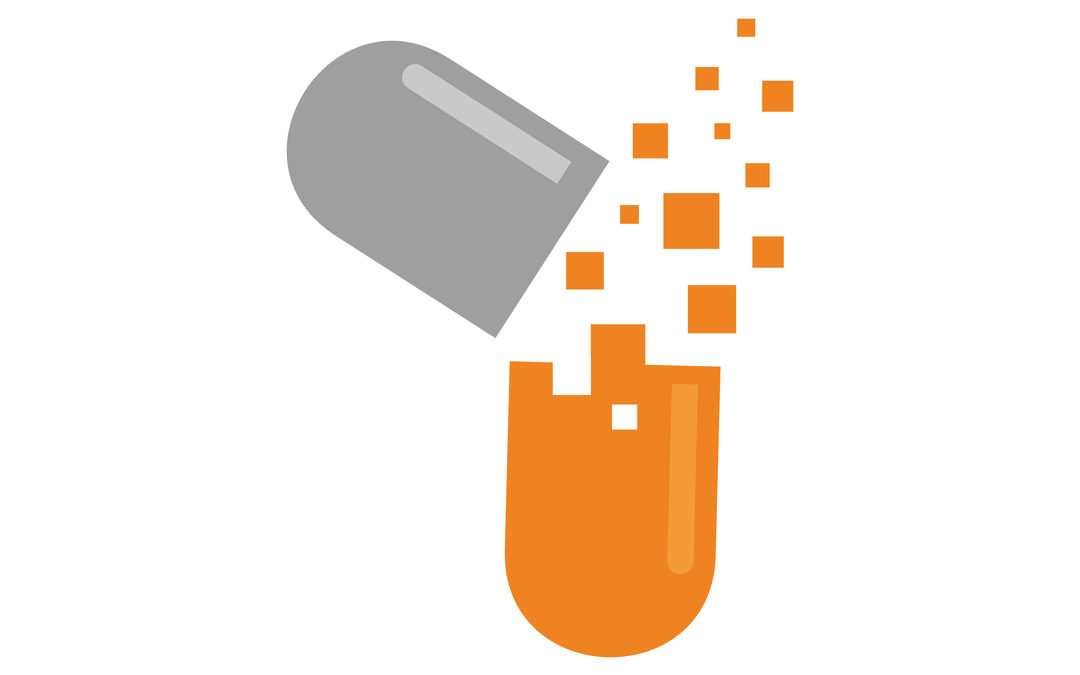When I started following the digital health sector in earnest about ten years ago, I was intrigued with the potential of digital technology to treat disease – the so-called digital therapeutics. Instead, the sector produced an almost infinite variety of activity trackers, unregulated apps (urinalysis “for entertainment purposes only”) and back office enterprise software solutions.
But now that a dozen or so ‘digiceuticals’ have received the blessing of the Food and Drug Administration and lived to tell about it, startups are less wary of going down the regulated pathway and Big Pharma is coming to see how they can best work with these new technologies to improve patient outcomes.
That’s not to say that there haven’t been missteps. In the fourth quarter of 2019, three widely publicized digital therapeutic partnerships fell apart:
- Novartis/Sandoz parted ways with Pear Therapeutics,
- Otsuka chose not to move forward with its partnership with ingestible sensor company Proteus, and
- Sanofi quit its diabetes joint venture with Verily.
However, it’s not unexpected to see some early deals fizzle as companies large and small work through how these deals should be structured to best bring value to both parties.
So, with digital therapeutics coming into their own, it seemed like a good time to start tracking their progress. With data provided by DealForma, I’ve done a quick analysis of the state of digital therapeutics deal making.
2019 Digital Therapeutic Deal Highlights
There were a total of 38 digital therapeutic deals in 2019, doubling from 2018 when 19 deals were recorded.
- Bayer led the pack of Big Pharma dealmakers with eight R&D deals in 2019 across various therapeutic areas. Each was valued at $83,000.
- Novo Nordisk and Fitbit were the only other companies that did multiple deals at two each.
- The largest deal of the year (of those where the value was disclosed) was a development and commercialization partnership between Click Therapeutics and Otsuka for $302 million including $20 million in R&D funding and $282 in commercial milestone payments and royalties.
More Highlights
The most common deal structure in 2019 were R&D agreements at 14. Contract service arrangements and university or foundation partnerships tied for second place with eight each. There were no joint ventures announced in 2019 and only two acquisitions, down from five in 2018.
Geographically, the US had the most deals in both 2018 and 2019, with 13 and 18 respectively, based on the ‘buyer’ company’s location. The EU saw a big jump in deal activity with 16 in 2019, compared to 3 in 2018.
The indication that had the most deals in 2019 was diabetes with nine followed by neurology with six. This is not surprising given the strong role behavior can play in both indications. Cardiovascular-focused deals came in third-place with five.
At the end of the first quarter, I’ll be back with a look at the digital therapeutic deals of 2020.

